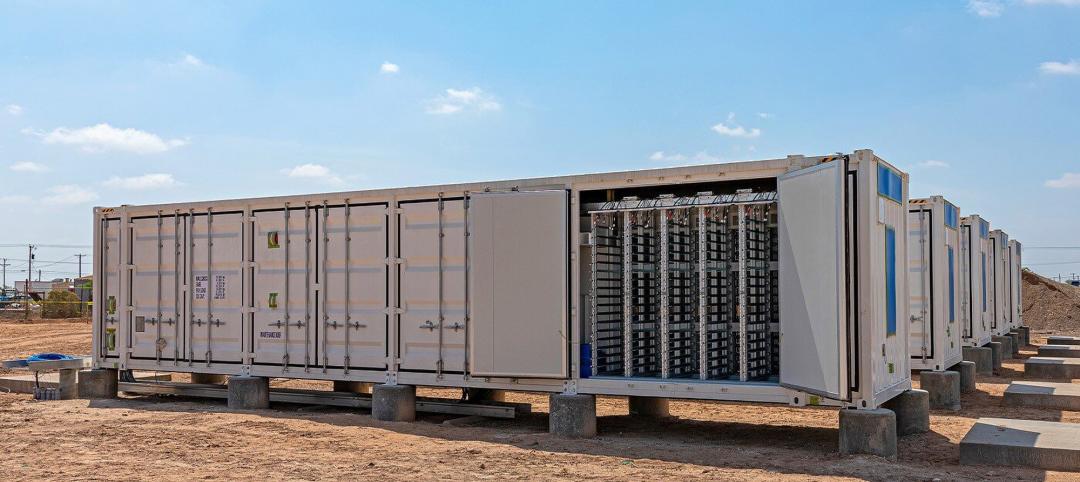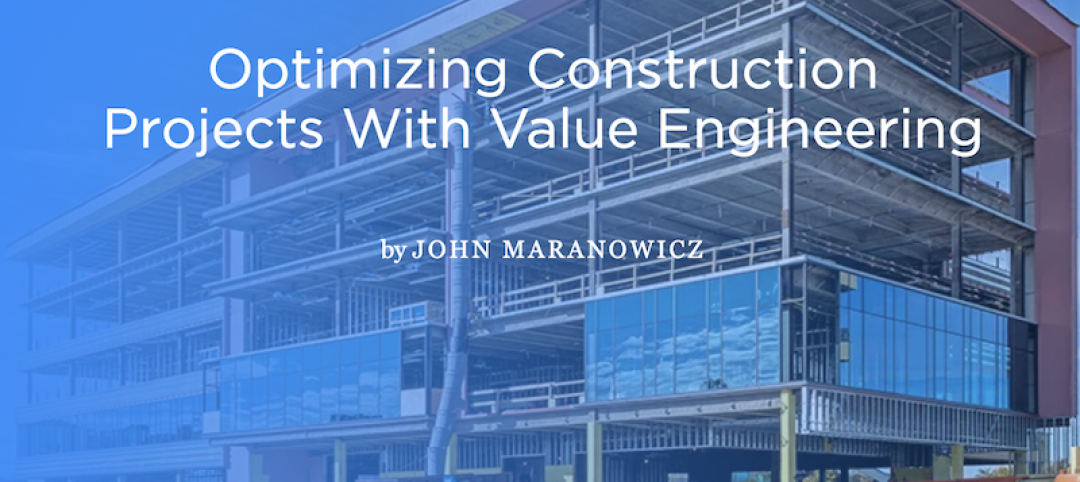The coronavirus pandemic has swiftly turned our world upside down and complicated our already complex supply chains. Manufacturers have been left to meet the increasing demand for products, navigate significant supply chain disruptions, mitigate safety risks and continue capital investment projects. This essential industry must continue moving full speed ahead and has been put in a potentially perilous situation.
So, with a situation that’s constantly evolving and with no clear end date, how do we shift to quickly and effectively solving and diminishing the challenges put before us?
Our team works alongside a wide range of manufacturing clients, and the following actions have been critical in adapting to this time of uncertainty and disruption.
Robust and Customized Site Safety Plans
First, most important and most complex: Create an extensive safety plan for your facilities and job sites that protects both the personnel onsite and the end users of your product. We’ve partnered with clients to evaluate current safety practices and modify them to further protect personnel. Each facility and job site is unique, so it is imperative to create a customized plan exclusive to each location. Some of the strategies we’re putting into place:
– Identifying crisis managers for each site to coordinate with subcontractors, vendors, authorities and personnel and stay up to date on the latest developments during the pandemic.
– Implementing site access procedures, including questionnaires, temperature screening and risk assessments.
– Increasing the frequency of sanitization.
– Actively working with clients to develop site-specific response plans for a positive COVID-19 case.
– Quarantine materials and equipment prior to use.
– Minimizing work onsite that could interfere or interface with production or production personnel.
– Creating extremely detailed activity plans, especially scrutinizing tasks or actions modified to fit new work requirements.
– Putting strict social distancing requirements in place.
– Staggering shifts.
– Segregating various sections of the workforce.
Scenario Planning
Forecasting and planning are critical for managing the current landscape and readying manufacturers for the future, post-pandemic. It’s important to ask questions and evaluate scenarios in order to determine impacts on cost and schedule. If you move to full social distancing, for example, what would that mean for productivity? How might that delay a project? How much more might that cost?
Within a facility and job site, conducting an evaluation now for each task and function — and its impact on cost and schedule — can help identify any major issues ahead and what solutions need to be put in place.
Cross-Industry Collaboration and Innovation
The challenges we are facing are great and vast, but with the struggle has come an incredible spirit of collaboration and problem-solving across industries. We’re seeing people freely sharing best practices. Brainstorming solutions. Working together to weather this storm.
I’m incredibly impressed by and proud of the resilience and dedication of our industry. The collective conversation, ideation and action must continue to meet the needs of our communities now and in the future. While we are facing great adversity at this time, I know we will come out of this stronger.
Even before the pandemic, a phased approach and strategic planning were key to reducing disruptions to people, processes and tight schedules. Food manufacturers can keep lines open even in the midst of plant upgrades.
More from Author
Burns & McDonnell | Oct 23, 2024
Navigating battery energy storage augmentation
By implementing an augmentation plan upfront, owners can minimize potential delays and unforeseen costs when augmentation needs to occur, according to Burns & McDonnell energy storage technology manager Joshua Crawford.
Burns & McDonnell | Sep 24, 2024
Generative AI can bolster innovation in construction industry
Jeff Danley, Associate Technology and Innovation Consultant at Burns & McDonnell, suggests several solutions generative AI could have within the construction industry.
Burns & McDonnell | May 25, 2023
4 considerations for increasing biodiversity in construction projects
As climate change is linked with biodiversity depletion, fostering biodiverse landscapes during construction can create benefits beyond the immediate surroundings of the project.
Burns & McDonnell | May 1, 2023
Utilizing computer vision, AI technology for visual jobsite tasks
Burns & McDonnell breaks down three ways computer vision can effectively assist workers on the job site, from project progress to safety measures.
Burns & McDonnell | Mar 20, 2023
Battery energy storage market predictions are trickier than ever
Burns & McDonnell breaks down the state of battery energy storage today, from pricing concerns to alternative solutions.
Burns & McDonnell | Dec 12, 2022
Supplementing workplace connections through digital knowledge networks
Zachary Wassenberg of Burns & McDonnell breaks down three applications for digital knowledge networks: training, libraries, and instructions.
Burns & McDonnell | Jun 14, 2022
Thinking beyond the stadium: the future of district development
Traditional sports and entertainment venues are fading as teams and entertainment entities strive to move toward more diversified entertainment districts.
Burns & McDonnell | Jan 4, 2021
Optimizing construction projects with value engineering
When value engineering is referenced in our industry, our minds may immediately go to a process that reduces project cost by slashing scope or decreasing the quality of materials used. However, that is not necessarily what the definition should be.
Burns & McDonnell | Oct 14, 2020
Altering facilities for a post-COVID-19 world
There are several possibilities when it comes to reconfiguring or adjusting a space to maintain the health and safety of workers, from reorganizing spaces to enable social distancing measures to full teardown and reconstruction of a plant.
Burns & McDonnell | Jun 23, 2020
A look back at design standard shifts: ADA vs. COVID-19
The short story is official design guidelines are slow to be developed and made into law.
















